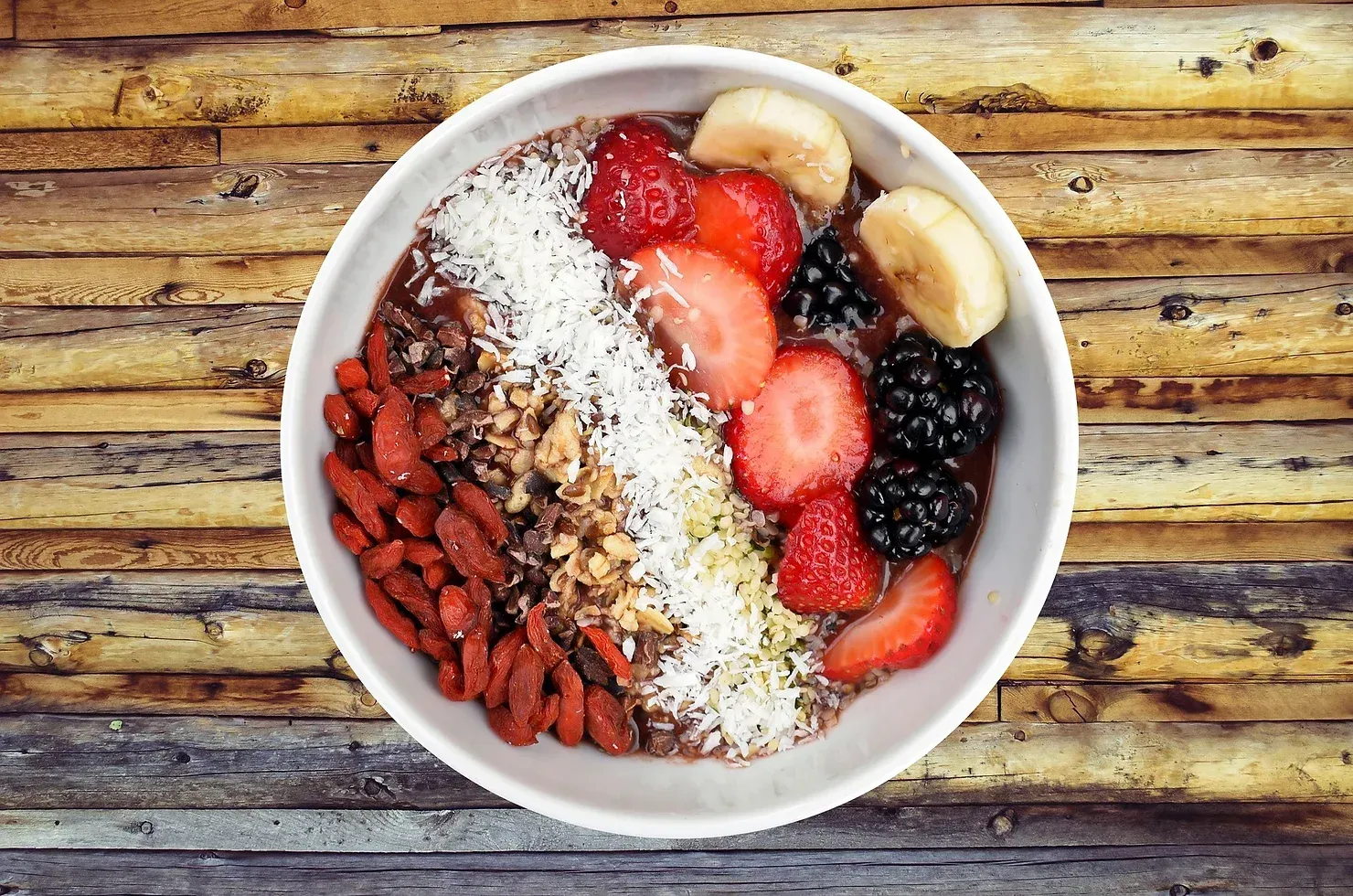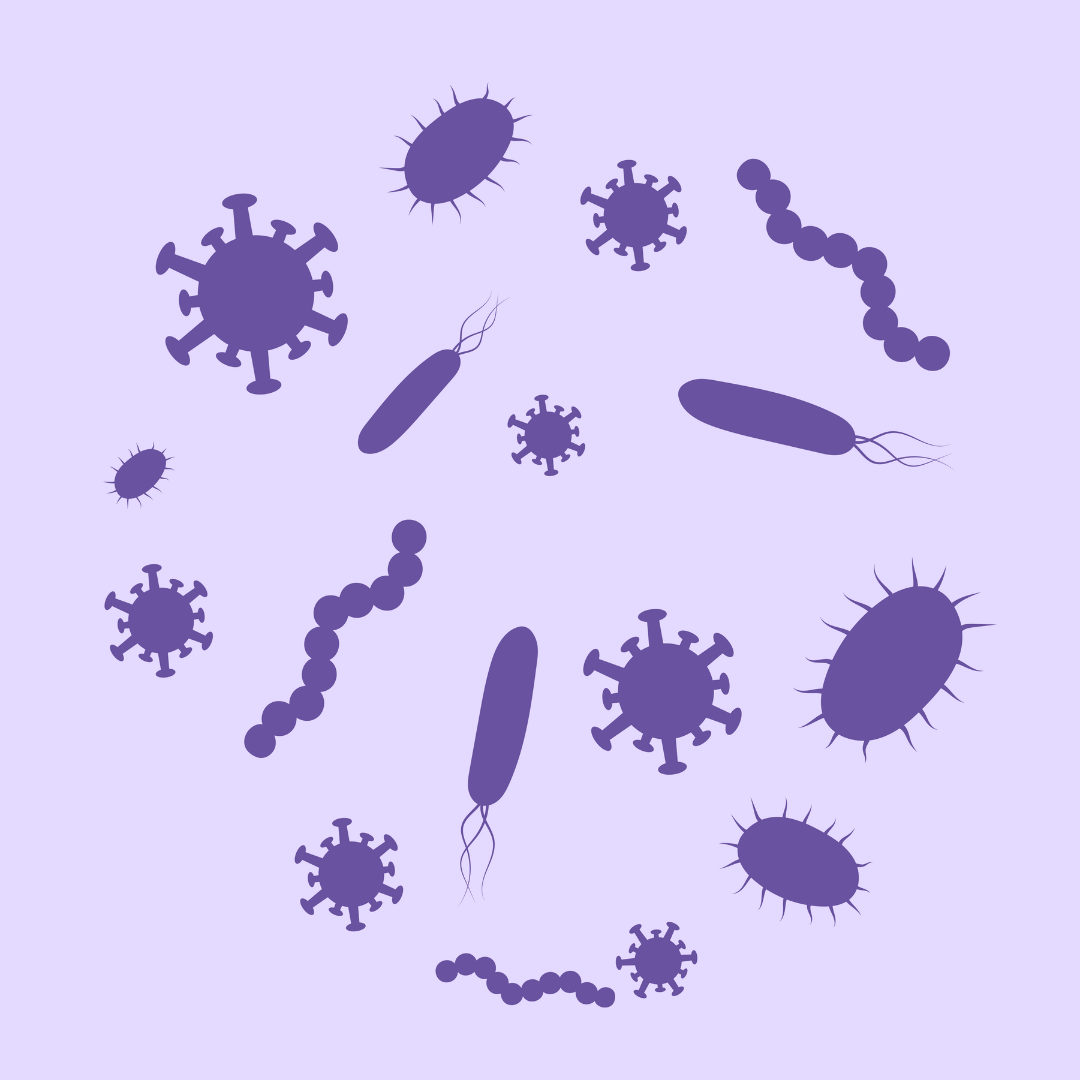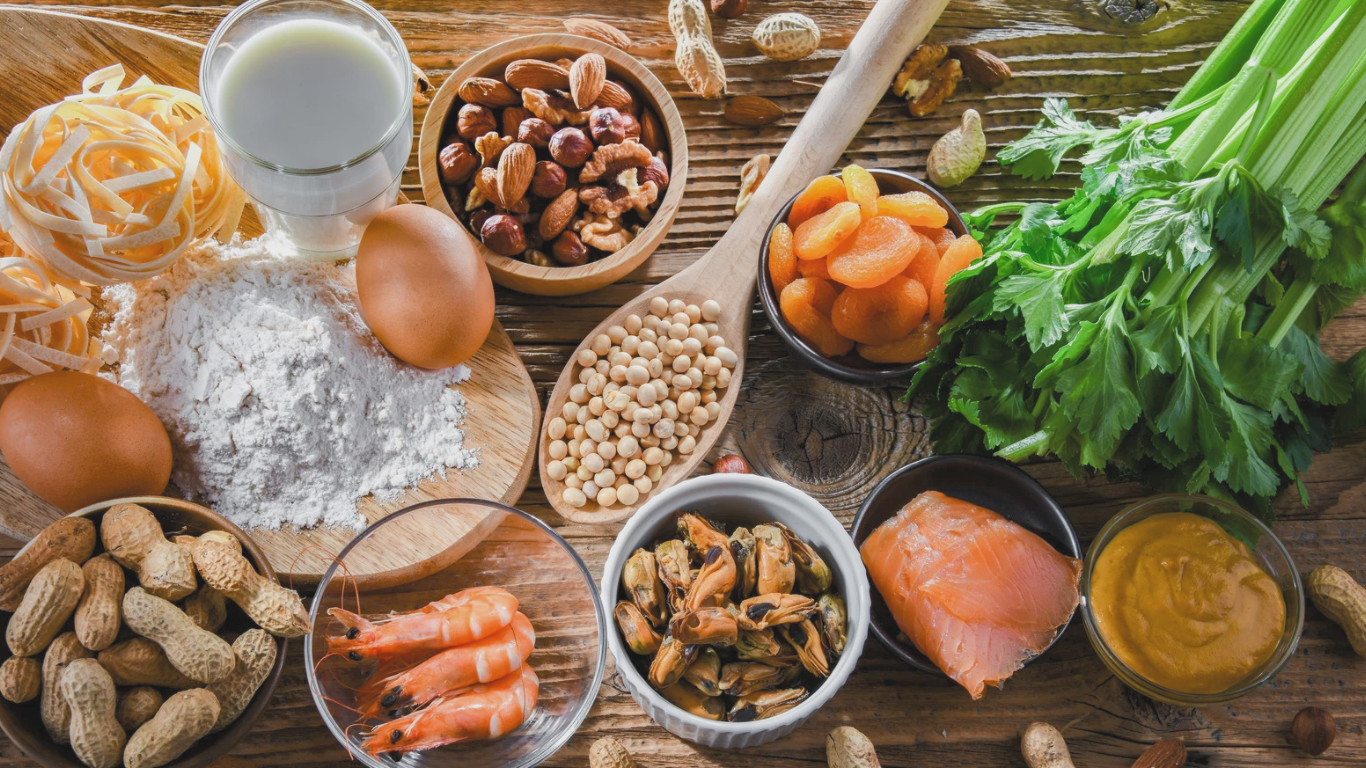In preparing for another cold and flu season this year, be mindful of what’s going into the body including food and medications, as well as stress levels. Supplements can be helpful for extra support, but don’t forget the basics of eating with purpose—foods that will nourish the body and bolster the body’s naturally present defense mechanisms. It’s a pretty cool system when we feed it right!
Let me know if you have questions, and don’t forget to consult my Fullscript store for my anti-viral protocol for both adults and children!The last 2 years have brought a lot of additional attention to immunity, as well as some tension surrounding the best way(s) to prevent severe illness. There is no one singular way that will best work for everyone, just like there’s no diet that will give everyone the exact same results. However, there are a few key central themes when it comes to our inherent natural immunity, and some interesting research correlating immunity with guess what---gut health! So here I am to share some ideas to bolster and/or complement what you’re already doing to support lasting immunity-- with confidence!

For context to connect the dots between gut health and immunity, the intestines contains very special tissue called Gut-Associated Lymphatic Tissue which has powerful immune-supporting qualities. The short story is it produces immune cells and prevents pathogens (bad germs) from destroying gut tissue. GALT is also found in the appendix and tonsils (which although not necessary for survival, do serve a purpose)! Overall, the gut is our first line of defense against anything coming inside our body through the mouth. Germs that enter through the nose or skin have to get past other specialized cells, but ultimately the gut is a major primary defense mechanism in keeping the body in balance and preventing illness.
Research from 2021 contributed to the growing amount of literature demonstrating that altered microbiota (good gut bugs) can make not only the gut more susceptible to certain infections like Salmonella and E. coli, but even the lungs could be more susceptible to viral infections after antibiotic treatment.
Ok, enough of the nerdy science, what do we do to protect our guts and therefore our immune systems?
1. Vitamin D - easy, cost-effective, simple to test and supplement as needed. Typical lab ranges span 30-100ng/dL, but from a nutritional perspective I would argue that 40-80ng/dL might be a better target to aim for. Those with chronic immune issues may fend of illness or autoimmune flares with a blood level towards the higher end of the range (60-80ng/dL), while the average person may do fine with a blood level of 40-50ng/dL. Research over the past 2 years has shown that a blood level of at least 45ng/dL offered more protection (less severe infection, fewer hospitalizations and zero deaths!) from viral infection than a level less than 40. Make sure after supplementing to re-check levels in 2-3 months to understand how the body responds to 3-5000IU per day to know if that needs to be increased or decreased. Do not take Vitamin D at high doses (more than 5000 IU per day) for extended periods without testing.

2. Zinc – relatively abundant in food, but commonly low in those with high stress or exercise levels, including growing teens and kids (especially if they are picky eaters). Zinc inhibits viral replication, so it is a key player in immune function. Meat is a good source of zinc, as well as seeds, nuts, and beans. An adequate amount for most adults is 20-30mg per day (via food and/or supplements). During times of illness, stress, or travel where there is concern for viral exposure, a 40-50mg per day supplement may be helpful. However, do not take more than 40-50mg of zinc per day for longer than 1 month as this can deplete copper levels.
3. Vitamin C – long known to support the immune system and both prevent and reduce viral infection duration, is also inexpensive and easy to find in both food and supplement form. A symbiotic nutrient called quercetin works very well with C to inhibit viral replication, and can often be found together in both food and supplements. Foods rich in C and quercetin include citrus, bell peppers and berries. Typically I recommend getting C from foods, but in times of illness or fatigue, 1000-3000mg per day supplementally may be helpful in fending off viruses and bacteria (including you know what virus and also pneumonia-causing bacteria).
4. Fiber and color – in a relatively healthy gut, fiber is the glue that holds the microbiome family together. It is an amazing system –fiber ferments and produces special compounds called short-chain-fatty-acids which then feed good gut bacteria to keep them strong and healthy and abundantly diverse. (Now if dealing with IBS or digestive “issues,” fiber may not be your friend right now. And that’s ok—this is where you might need my help to get back on track). Colorful fruits and vegetables also provide a host of other special phytonutrients that, like quercetin mentioned above, reduce inflammation and may help prevent various diseases.

5. Probiotics – the one most of us think of in supporting a healthy gut. However, not everyone’s needs are going to be the same here, so use supplements wisely. In the absence of recent or chronic antibiotic use, food may provide ample support for your good gut bugs. Fermented foods like kimchi, fermented veggies, raw sauerkraut, yogurt, and my favorite-kombucha—may all lend to a healthy microbiome. However, some of us may need occasional or ongoing support to keep the gut in tip-top shape. It’s hard to know for sure without testing, but generally for 3-6 months after antibiotic therapy a probiotic supplement could be helpful. In cases of ongoing or repeat antibiotic use (one study showed only 5 rounds in a lifetime permanently changed the gut!), more frequent or seasonally rotating probiotic supplements may be helpful.
6. Various herbs such as elderberry, garlic, and oregano can also help support a healthy immune system, especially in times of stress or illness. I like to use some of these seasonally, such as in the spring (especially elderberry for allergies), in the fall when school starts, right before Halloween when the sugar intake is likely to take a toll on unsuspecting immune systems, and throughout the holidays when I know sugar intake and busy-ness also tend to escalate.
In preparing for another cold and flu season this year, be mindful of what’s going into the body including food and medications, as well as stress levels. Supplements can be helpful for extra support, but don’t forget the basics of eating on purpose—foods that will nourish the body and bolster the body’s naturally present defense mechanisms. It’s a pretty cool system when we feed it right! Let me know if you have questions, and don’t forget to consult my Fullscript store for my anti-viral protocol for both adults and children!



Recent Blog Posts
Share this post!
About the Author
Rhya Pachin is a licensed dietitian nutritionist who employs an "integrative" approach to support overall health rather than addressing just one symptom. As a certified LEAP therapist, she designs and supervises custom elimination diets. Her focus areas include gastrointestinal conditions like IBS and IBD, autoimmune diseases such as rheumatoid arthritis and Hashimoto's, persistent weight issues, food sensitivities, and chronic inflammatory conditions in both adults and children.



